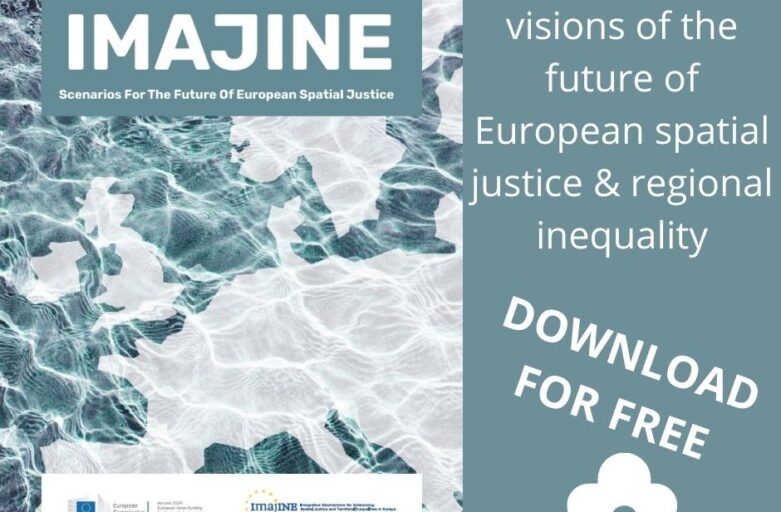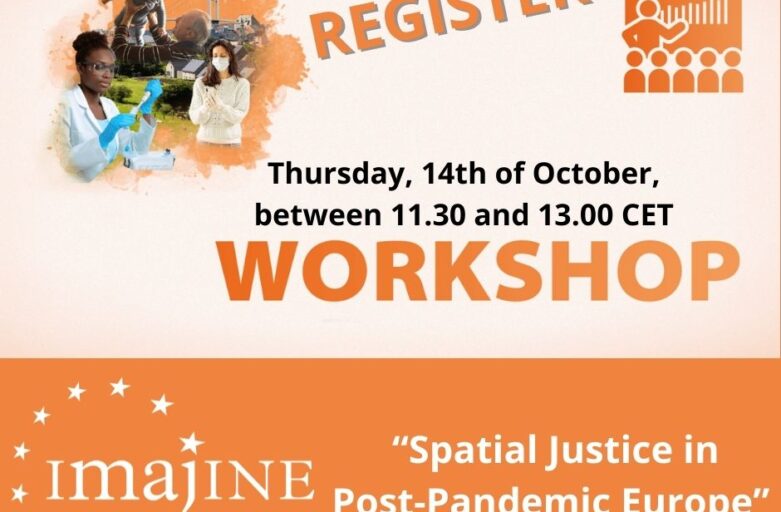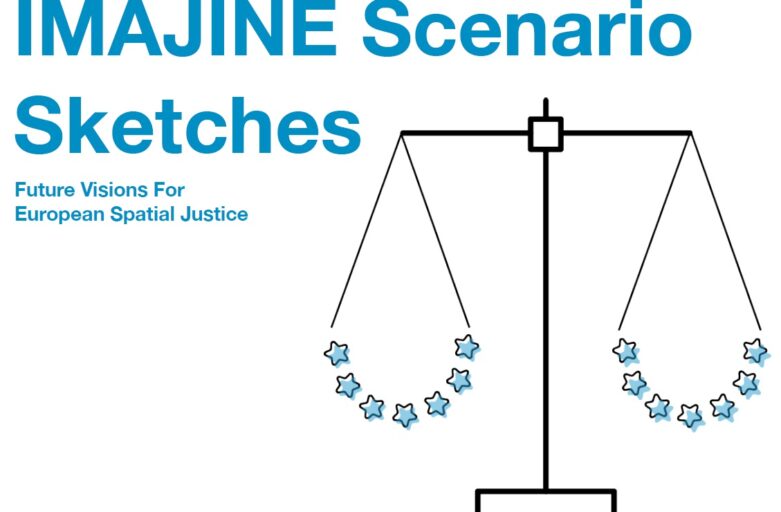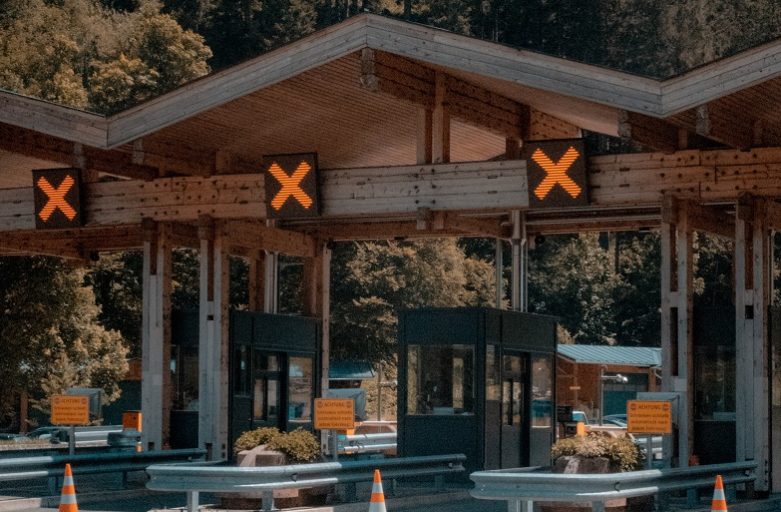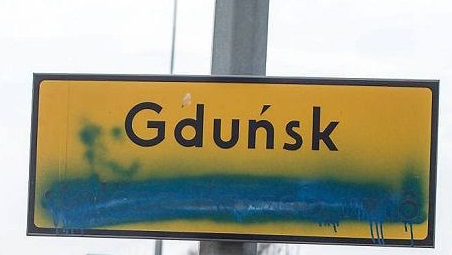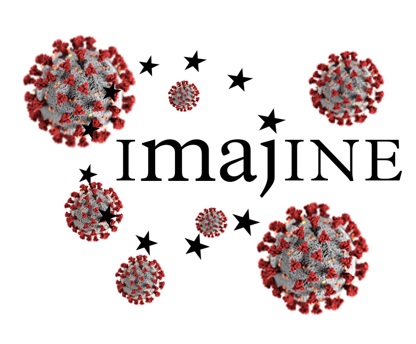Madeleine Gabriel is Mission Director for “A Sustainable Future” at Nesta, with a focus on decarbonisation and economic recovery. In this blog, she responds to
Author: imajine
The IMAJINE scenarios
The IMAJINE scenarios are now available online. These four distinct visions of the future of European spatial justice & regional inequality in the year 2048
IMAJINE @EURegionsWeek
The IMAJINE workshop “Spatial Justice in Post-Pandemic Europe” at the European Week of Cities and Regions Conference has been scheduled on Thursday, 14th of October,
Scenario Workshops – Visions of Europe’s future through the lens of spatial justice
How will visions of Europe’s future shape decisions around territorial inequality in the present? What can we learn about concepts of spatial justice by considering
The institutional dimension of the creation of Kashubian autonomy
Following Monday (April 26) at 5.00 p.m. CET, we invite you to the virtual meeting of the Polish Academy of Sciences’ Committee for Spatial Economy
How do migrants choose their destination? Debunking the rational actor myth
I was recently interviewed by a labour economist on the topic of emigration from Romania, including Romanians’ choice of destination. At one point, he asked
Scenario Sketches for IMAJINE – Future Visions for European Spatial Justice
As part of the broader IMAJINE project, one team was assigned the task of looking at the future using a methodology called scenario planning. This
COVID-19, migration and socio-spatial inequality
Within the IMAJINE project, we investigate the relationship between migration and inequality: how do perceived inequalities affect decisions to migrate, and how does migration, in
How regionalist actors perceive territorial inequalities, and what they propose to do about it
One of the key aims of the IMAJINE project is to re-think the nature of, and possible solutions for, territorial inequalities in Europe. A key
COVID-19, Territorial Inequalities and Spatial Justice – part two
In the first part of this two-part blog post, I introduced some of the ways in which the IMAJINE team are considering how our research


